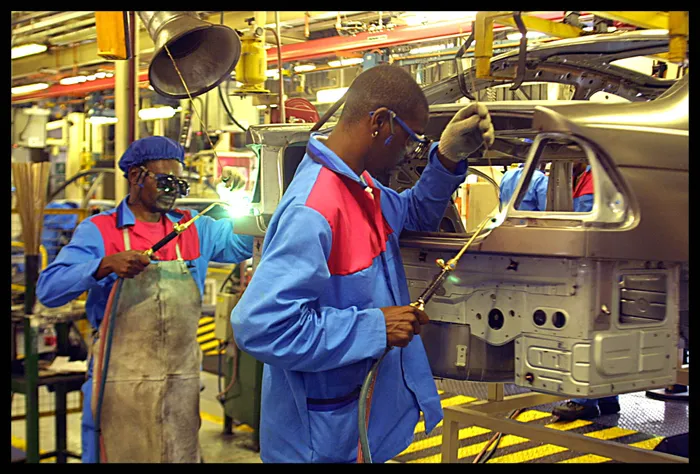Load shedding cuts vehicle production due to factory downtime

The auto manufacturers all had power generation equipment, but this was largely limited to supplying lighting, small equipment and electronics with electricity. Picture: File
Load shedding at level 6 is causing serious challenges for South Africa’s automotive vehicle, manufacturers and production for the year might slide because of it, Naamsa CEO Mike Mabasa said yesterday.
He said the problem was the heavy duty equipment and large-scale robotic assembly and production equipment at the manufacturers, which could not be powered by generators or alternative energy sources as they require a great deal of continuous current.
The auto manufacturers all had power generation equipment, but this was largely limited to supplying lighting, small equipment and electronics with electricity.
“With the prolonged power cuts, it means that instead of producing 100 cars a day, a manufacturer now can only produce 87 or 85 vehicles,” he said.
An additional problem was that once the production process stopped, it took a long time for the factory to be able to resume production again. Also, for instance, it was impossible to cut power in the vehicle paint shop midway through the painting process, he said.
He said the industry did not have any special dispensation from Eskom to be prioritised with electricity, such as hospitals and airports.
Meanwhile, in the longer term, he said progress was ongoing on the country’s move towards producing and selling electric vehicles (EVs), some 64% of South Africa’s vehicle production was exported and many export markets had already told their South African assemblers that they would not be accepting vehicles with internal combustion engines in the longer term.
For instance, the country is at risk of losing more than 50% of its’ production volume from July 2025 to 2035 due to the banning of internal combustion drivetrains in almost all the European countries
He said for example, the banks had become members of Naamsa, and for instance, were planning to finance electric vehicles for consumers, along with the necessary solar panels or alternative energy equipment required to recharge the vehicle.
“Absa for instance, now longer call their vehicle financing division Absa Vehicle Finance, it is now called Absa Asset Finance,” Mabasa said.
“We don’t see a situation in the long term where we can sell electric vehicles that are powered by dirty power from Eskom,” he said, adding that Naamsa also intended to liaise with independent power producers to source power needs over the longer term.
Mabasa said what was still lacking was clear policy from the government on the introduction of electric vehicles – most export markets already had clear policy guidelines in place – and he said they anticipated some pronouncements from the government on this “sooner rather than later”.
The automotive industry, the biggest in the manufacturing sector and an exporter to more than countries, contributes 4.3% to gross domestic product (2.4% manufacturing and 1.9% retail), and is responsible for about 457 000 jobs across the South African formal sector.
BUSINESS REPORT